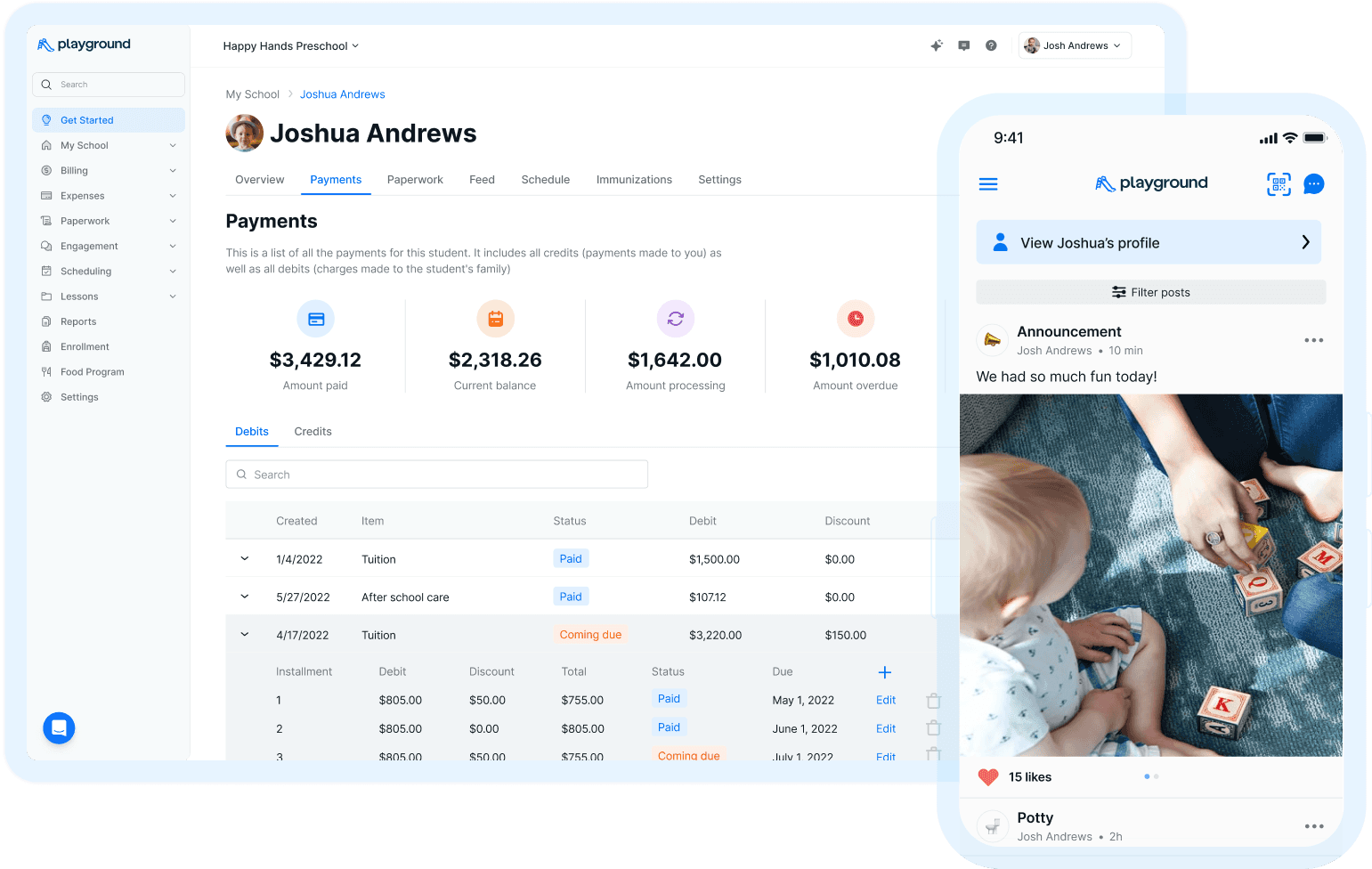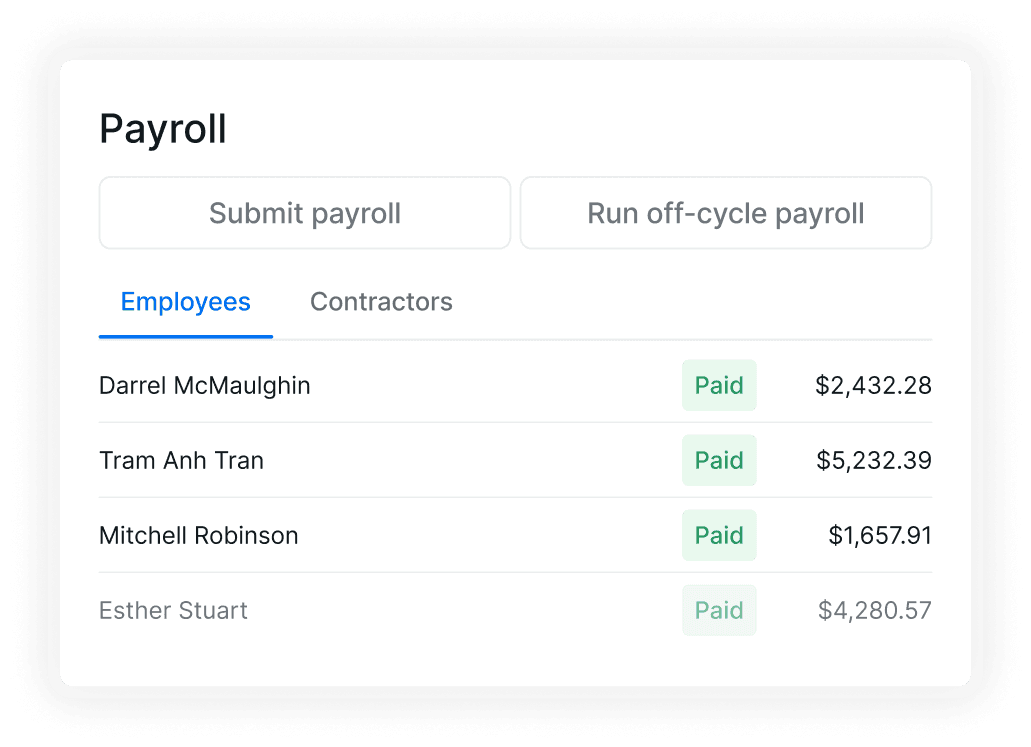Alphabet Parenting: D is for Decision


Tamar Andrews

Make your families & teachers happier
All-in-one child care management platform with billing, attendance, registration, communication, payroll, and more!
5.0 Rating

Make your families & teachers happier
All-in-one child care management platform with billing, attendance, registration, communication, payroll, and more!
5.0 Rating

Make your families & teachers happier
All-in-one child care management platform with billing, attendance, registration, communication, payroll, and more!
5.0 Rating
Decision
/dəˈsiZHən/
a conclusion or resolution reached after consideration
Parenting is challenging and one of the hardest parts happens when children challenge your decisions.
Our job as parents is to prepare children for the future: making decisions, living with the consequences of those decisions, and then understanding how to make even better choices the next time. The easiest way to know how to proceed is to understand that there are usually four different decision types in your home. My husband and I used these with our own children and found it very helpful to distinguish between them:
1. OUR DECISION: in these scenarios, every person got one vote and the majority decision was chosen. These could include decisions such as: what we are eating for dinner (cookies were never one of the options), which park we are going to on Sunday, which movie we are going to watch, etc. It’s all about the “we” of our family
2. THEIR DECISION: for these, only the children would vote and get to make the decision. Mine would get quite a kick out of making decisions that were sometimes outrageous. For example, I asked: “what do you want for dessert?” And the kids all chose IHOP at midnight. So we went to IHOP at midnight on a Saturday, but every one of them passed out. Next time they decided to try IHOP again, but at 9 pm.
3. MY DECISION: this is where the decisions were left solely to the parents and there was no equivocating. These decisions would include when we went to the doctor or dentist, taking medicine, bedtime, bath time, and showing up to each birthday party they were invited to so they could learn good manners. While it seems cut-and-dry, it can be valuable to be able to give children context on how these decisions are made without necessarily opening them up for debate as an "our" decision.
4. MY DECISION WITH YOUR INPUT: This was similar to the previous category only here I would accept negotiations and conversations about decisions. In one instance, if they really did not want to go to a birthday party, I could compromise and say: “we will go, drop off the present, say happy birthday, and then excuse ourselves.” I would also allow a once-in-a-blue-moon change to bedtime if there was something special happening. This is the most crucial decision-making as a parent because it requires flexibility. These decisions will rarely follow a rule set, so they have to be made on the fly.
One of the most important aspects of using this technique is to make sure that you let your child understand which type of decision it is.
This can be done by your tone and inflection, your words, your facial expressions, and more. By allowing your child to have ownership of some decision-making in the home from a young age, you are teaching them skills that will transcend beyond their home life.
They’ll be better prepared for increasing independence and understanding the consequences of their actions with new types of important decisions at each phase of life.
Decision
/dəˈsiZHən/
a conclusion or resolution reached after consideration
Parenting is challenging and one of the hardest parts happens when children challenge your decisions.
Our job as parents is to prepare children for the future: making decisions, living with the consequences of those decisions, and then understanding how to make even better choices the next time. The easiest way to know how to proceed is to understand that there are usually four different decision types in your home. My husband and I used these with our own children and found it very helpful to distinguish between them:
1. OUR DECISION: in these scenarios, every person got one vote and the majority decision was chosen. These could include decisions such as: what we are eating for dinner (cookies were never one of the options), which park we are going to on Sunday, which movie we are going to watch, etc. It’s all about the “we” of our family
2. THEIR DECISION: for these, only the children would vote and get to make the decision. Mine would get quite a kick out of making decisions that were sometimes outrageous. For example, I asked: “what do you want for dessert?” And the kids all chose IHOP at midnight. So we went to IHOP at midnight on a Saturday, but every one of them passed out. Next time they decided to try IHOP again, but at 9 pm.
3. MY DECISION: this is where the decisions were left solely to the parents and there was no equivocating. These decisions would include when we went to the doctor or dentist, taking medicine, bedtime, bath time, and showing up to each birthday party they were invited to so they could learn good manners. While it seems cut-and-dry, it can be valuable to be able to give children context on how these decisions are made without necessarily opening them up for debate as an "our" decision.
4. MY DECISION WITH YOUR INPUT: This was similar to the previous category only here I would accept negotiations and conversations about decisions. In one instance, if they really did not want to go to a birthday party, I could compromise and say: “we will go, drop off the present, say happy birthday, and then excuse ourselves.” I would also allow a once-in-a-blue-moon change to bedtime if there was something special happening. This is the most crucial decision-making as a parent because it requires flexibility. These decisions will rarely follow a rule set, so they have to be made on the fly.
One of the most important aspects of using this technique is to make sure that you let your child understand which type of decision it is.
This can be done by your tone and inflection, your words, your facial expressions, and more. By allowing your child to have ownership of some decision-making in the home from a young age, you are teaching them skills that will transcend beyond their home life.
They’ll be better prepared for increasing independence and understanding the consequences of their actions with new types of important decisions at each phase of life.
Decision
/dəˈsiZHən/
a conclusion or resolution reached after consideration
Parenting is challenging and one of the hardest parts happens when children challenge your decisions.
Our job as parents is to prepare children for the future: making decisions, living with the consequences of those decisions, and then understanding how to make even better choices the next time. The easiest way to know how to proceed is to understand that there are usually four different decision types in your home. My husband and I used these with our own children and found it very helpful to distinguish between them:
1. OUR DECISION: in these scenarios, every person got one vote and the majority decision was chosen. These could include decisions such as: what we are eating for dinner (cookies were never one of the options), which park we are going to on Sunday, which movie we are going to watch, etc. It’s all about the “we” of our family
2. THEIR DECISION: for these, only the children would vote and get to make the decision. Mine would get quite a kick out of making decisions that were sometimes outrageous. For example, I asked: “what do you want for dessert?” And the kids all chose IHOP at midnight. So we went to IHOP at midnight on a Saturday, but every one of them passed out. Next time they decided to try IHOP again, but at 9 pm.
3. MY DECISION: this is where the decisions were left solely to the parents and there was no equivocating. These decisions would include when we went to the doctor or dentist, taking medicine, bedtime, bath time, and showing up to each birthday party they were invited to so they could learn good manners. While it seems cut-and-dry, it can be valuable to be able to give children context on how these decisions are made without necessarily opening them up for debate as an "our" decision.
4. MY DECISION WITH YOUR INPUT: This was similar to the previous category only here I would accept negotiations and conversations about decisions. In one instance, if they really did not want to go to a birthday party, I could compromise and say: “we will go, drop off the present, say happy birthday, and then excuse ourselves.” I would also allow a once-in-a-blue-moon change to bedtime if there was something special happening. This is the most crucial decision-making as a parent because it requires flexibility. These decisions will rarely follow a rule set, so they have to be made on the fly.
One of the most important aspects of using this technique is to make sure that you let your child understand which type of decision it is.
This can be done by your tone and inflection, your words, your facial expressions, and more. By allowing your child to have ownership of some decision-making in the home from a young age, you are teaching them skills that will transcend beyond their home life.
They’ll be better prepared for increasing independence and understanding the consequences of their actions with new types of important decisions at each phase of life.
Playground is the only app directors need to run their early child care center. Playground manages billing, attendance, registration, communication, paperwork, reporting, and more for child care programs. 300,000+ directors, teachers, and families trust Playground to simplify their lives.
Learn more by scheduling a free personalized demo.
See what Playground can do for you
Learn how our top-rated child care management platform can make your families & teachers happier while lowering your costs



Explore more
Stay in the loop.
Sign up for Playground updates.
Stay in the loop.
Sign up for Playground updates.
Stay in the loop.
Sign up for the updates.
© 2024 Carline Inc. All rights reserved.

© 2024 Carline Inc. All rights reserved.

© 2024 Carline Inc. All rights reserved.

Alphabet Parenting: D is for Decision
Published Aug 27, 2021
|


